A stone crusher is a machine designed to reduce large rocks into smaller rocks, gravel, or rock dust. It is an essential piece of equipment in various industries, including construction, mining, and recycling.
Stone crushing is a vital step in mining, quarrying, construction, demolition waste processing and many other industries that handle large volumes of varied feed materials on a daily basis. Properly sizing and selecting crushing equipment demands a balanced analysis of application parameters, process requirements and total cost of ownership to ensure satisfactory long-term performance.
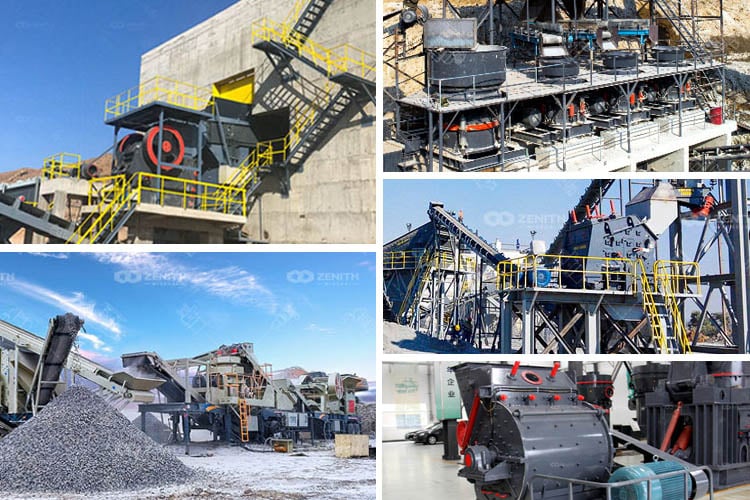
Stone crushers can be classified into several categories based on their design and application.
Design and Operation
Jaw crusher is robust machines designed for primary crushing applications with their simple yet effective mechanism. At the heart of the jaw crusher is the crushing chamber where two jaws - one fixed and one movable - form a V-shape to break feed material via compression.
Rocks are fed into the top of the chamber and as the movable jaw yaws in an eccentric motion towards the fixed jaw plate, nip angles are generated causing the material to be compressed and fractured. Adjusting the clearance setting via shims controls the discharge size. As rocks fracture, product drops through the bottom discharge opening for further processing.
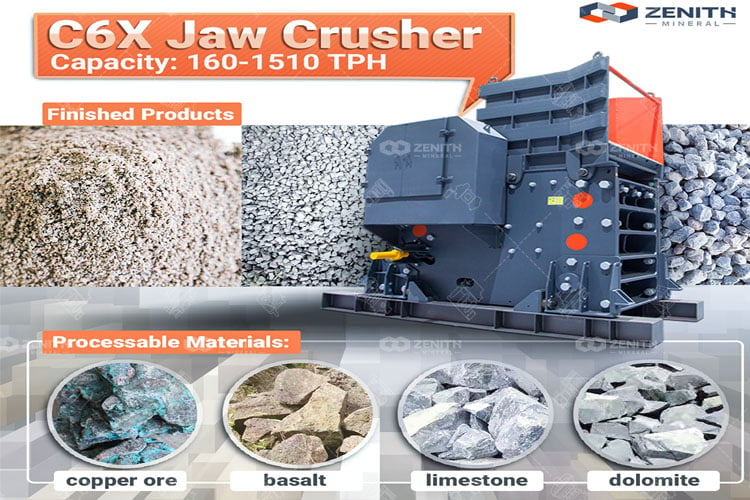
Key Components
The main components include a robust steel frame, two heavy duty crusher jaws, an induction hardened eccentric shaft that drives the movable jaw via an eccentric pitman, toggle plates for transmission and an adjustable discharge opening. Wear parts like the jaws and toggle plate are often metal inserts or hardened steel armour plating for longevity.
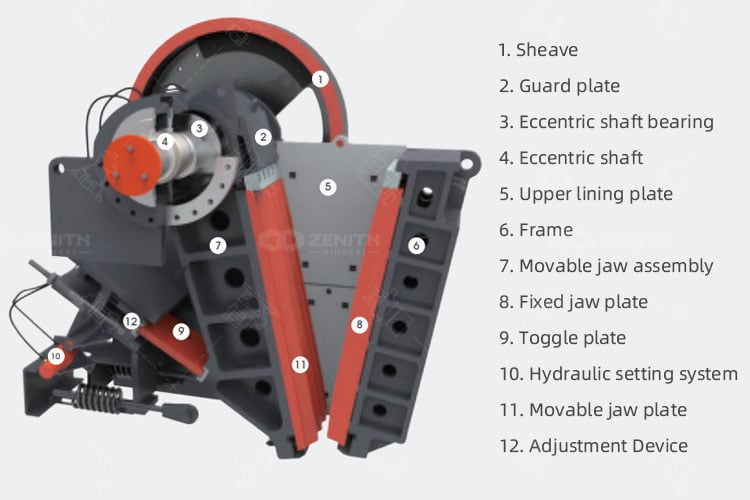
Advantages
Design and Operation
Cone crusher utilize an advanced crushing principle providing consistent, high-quality shaped outputs. At the heart of the cone crusher is the crushing chamber formed between an outer bowl and an inner mantle mounted on an eccentrically rotating shaft.
As rock feed enters the top of the chamber, it becomes wedged and squeezed between the mantle and bowl liner surfaces. The gyrating motion compresses and fractures particles via inter-particle attrition and pressure as the nipping zones migrate downwards discharging the right-sized product. Liner wear components are replaced to maintain tolerance.
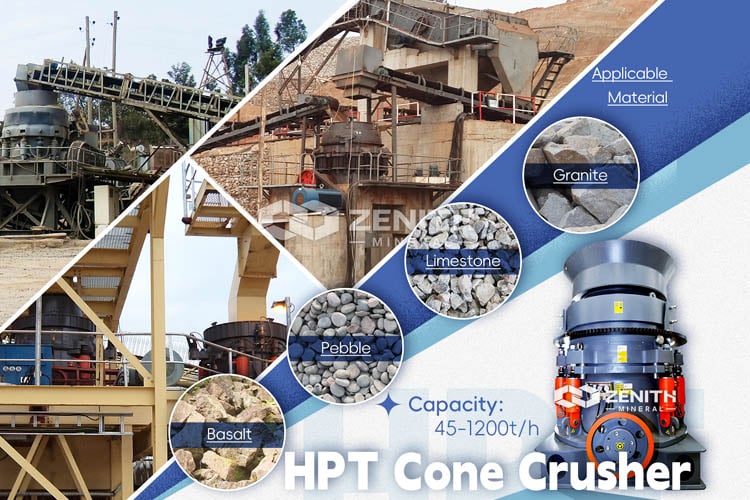
Key Components
Main components include a robust mainframe, transmission shaft, eccentric bushings and head/bowl bushings. Advanced models integrate hydraulic pressure settings, automation and remote monitoring capabilities.
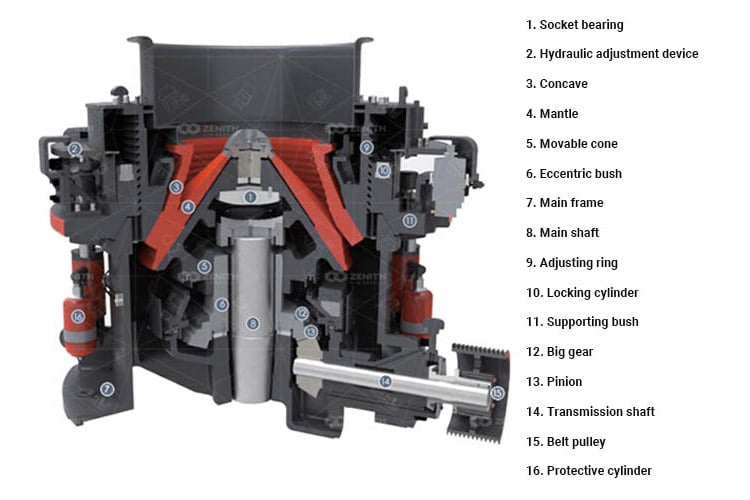
Advantages
Design and Operation
Suitable for soft to medium-hard feed and non-abrasive rocks, impact crushers accelerate stones against a solid surface like an anvil or grinding chamber for particle breakage. Horizontal shaft impactors emphasize through-feed capabilities while vertical shaft designs produce finer products better meeting specifications. Both designs save on operating expenses especially for aggregate production.
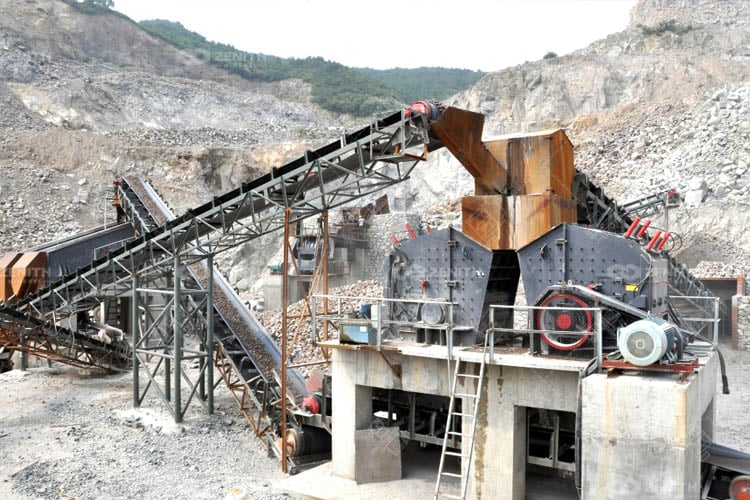
Key Components
Main parts include: Hopper/feeder, rotor, breaker plates, discharge grid, chamber dimensions and auxiliary equipment such as dust suppression systems for process enclosed models. Drives incorporate motors or flywheels sized according to machine generation capacities.
Advantages
Design and Operation
Offering an ideal solution for pulverizing feedstocks resistant to alternate methods, hammer crushers incorporate multiple rotor-mounted hammers within a screening containment chamber. As material cascades downward under gravity flow, rapidly revolving hammers fragment particles through high-speed impacts.
Additional size reduction continues as crushed fractions pass back between hammers and screens, with calibrated openings permitting correctly dimensioned product discharge for powder generation down to 1mm. Adjustable hammers regulate end-product particle shape consistency.
Key Components
Crucial parts comprise: feeding hopper, hammer rotor assembly, shield casing fitted with interchangeable screening panels, driveshaft linkages and dust suppression fittings. Rotor speed, hammer design and screen type selection influence output parameters.
Advantages
Mobile crusher provides a versatile quarrying and recycling solution, offering highly adaptable comminution capabilities for customer operations requiring continuous production across challenging terrain or frequent relocation between work areas.
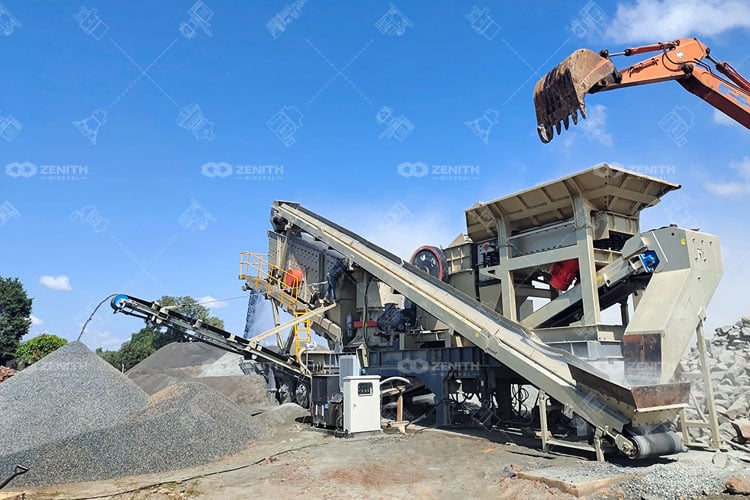
Mounted on robust tracked or wheeled carriers permitting swift self-propelled transportation, mobile crushing fleet are conveniently deployed directly where raw materials exist without protracted excavation or haulage stages that inflate costs. Modular assembly permits rapid on-site setup within only days versus lengthier stationary plant construction programs.
Typical mobile crushing units integrate a range of equipment to form flexible circuits addressing diverse processing demands. For instance, combination units may pair a large-capacity primary jaw crusher with either a secondary impactor or cone machine for more refined sizing prior to multi-deck screening classification.
Alternatively, single feeder-crusher configurations cater to basic reduction duties at quarries with consistent ore grades. Advanced plant designs further optimize material handling via integrated weighing, conveying and stockpile modules to maximize availability.
Whether multi-unit plant networks or stand-alone machines, these heavy industrial processing centers withstand extensive duty-cycle stresses imposed by remote field work. Specialized tracked undercarriages or all-wheel-drive mechanisms grant unmatched mobility permitting continuous production deployment across uneven terrain.
Overall, the inherent advantages of mobile crushing extend beyond transportability. Their process independence and versatility empower continuous mineral extraction optimized to ever-changing reserve characteristics or unpredictable application scenarios. Remote monitoring technologies now amplify uptime through predictive maintenance capabilities further cementing these solutions as indispensable to modern quarrying and construction recycling globally.
Choosing the right type of crusher is crucial for optimizing operational efficiency in mining and construction projects. Each type of crusher has its unique advantages and limitations, making them suitable for different operational scenarios. Choose the right stone crusher according to the actual situation of the project.
Understanding the properties of the material to be crushed is the first step in selecting the right stone crusher:
Establishing your production goals is essential for choosing a stone crusher:
Evaluate the operational aspects of the rock crusher to ensure it meets your needs:
Cost considerations are crucial when selecting a stone crusher:
Mobile and stationary crushers each offer distinct benefits and challenges, influenced by factors such as flexibility, cost, application suitability, performance, and maintenance.
Mobile crushers are mounted on wheeled or tracked frames, allowing them to be moved from one location to another. They can be transported to remote quarrying/mining sites and set up quickly. Stationary crushers are fixed in one location and require more time and effort to relocate.
Mobile crushers are more expensive upfront than stationary crushers of the same capacity due to their complex transportation features. However, mobile crushers save on infrastructure costs since no permanent foundations are required. Overall costs depend on lifespan of equipment and operational conditions.
Mobile crushers suit temporary installations for short-term jobs including periodic and seasonal operations. Stationary crushers are used in permanent installations or long-term projects with stable production needs. Mobile crushers can work independently or in conjunction with stationary crushers.
Mobile crushers tend to have higher maintenance costs due to complex transportation features that allow frequent relocation. Stationary crushers require less maintenance and are more affordable to repair due to their stationary operation.
Mobile crushers are usually less productive than stationary equivalents due to lower installed power capacity. However, mobility allows them to follow excavation faces to maximize production uptime. Larger stationary crushers offer higher outputs at lower unit costs per ton.
Routine inspections are essential for identifying potential issues before they escalate. Operators should check wear parts, lubrication systems, and structural integrity regularly.
Proper lubrication is critical for the smooth operation of rock crushers. Regular checks should be made to ensure that lubricants are clean and at the appropriate levels.
Worn components should be replaced promptly to prevent further damage to the equipment. Maintaining an inventory of spare parts can facilitate quick repairs and reduce downtime.
Training operators on proper equipment use and maintenance techniques can significantly enhance efficiency and safety. Well-trained personnel are better equipped to recognize and address potential issues.
Choosing the right stone crusher for your operation is a multifaceted decision that requires careful consideration of material characteristics, production requirements, operational aspects, and economic factors. By understanding the various types of crushers available and their advantages and disadvantages, operators can make informed decisions that optimize productivity and efficiency.
Investing time in evaluating your specific needs and conducting thorough research will pay off in the long run, leading to improved performance, reduced costs, and enhanced profitability. As technology continues to evolve, staying informed about advancements in stone crushing equipment will also be beneficial for maintaining a competitive edge in the industry.
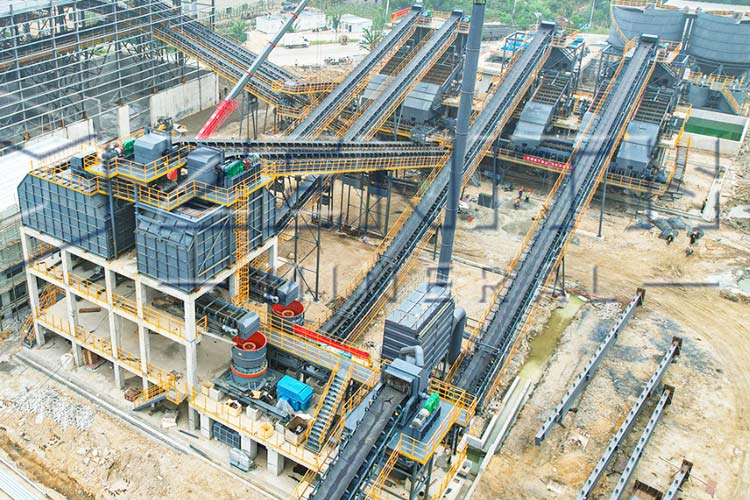
Stone crushers are machines designed to reduce large rocks into smaller rocks, gravel, or rock dust. They are commonly used in the mining, construction, and recycling industries.
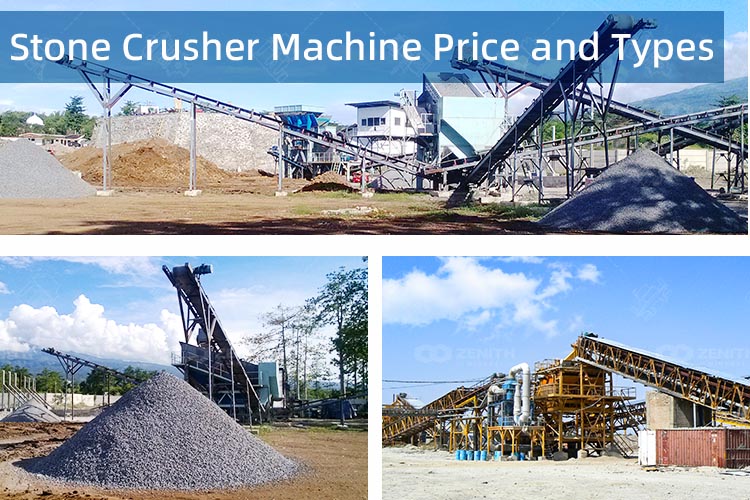
There are many types of stone crusher machines on the market. In this article, we will introduce the types and price of the stone crusher and how to select the most suitable one.
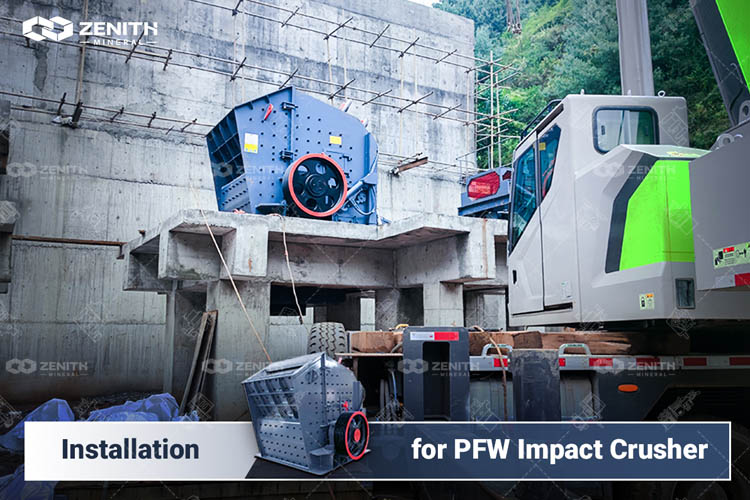
This article provides a comprehensive guide to stone crusher installation procedures to ensure the safe and efficient long-term operation of the machines.
Fill your requirements here, and we'll send the custmized solution and quotation to you by the reserved contact information.